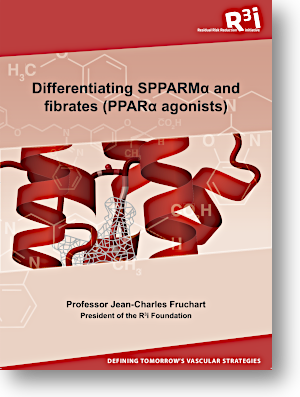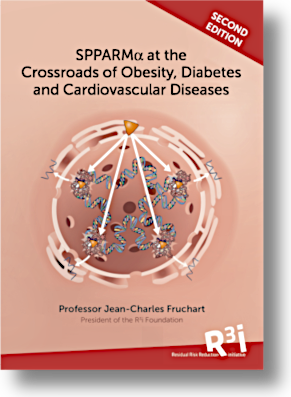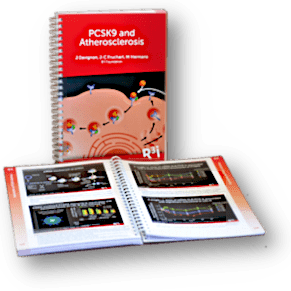Become a member to receive our newsletter and get unrestricted access to downloadable slidekits...
A confirmation email has been sent to
Please click on the Activation Link to activate your account.
If you don't receive our email, please check your spam folder.
Already registered?
Neved registered?
Forgot your codes?












Elevated LDL cholesterol is established as causal for atherosclerotic cardiovascular disease. Statin treatment, although effective in lowering LDL cholesterol, still leaves an unacceptably high residual cardiovascular risk, underlining the need for additional therapies.
PCSK9-targeted treatments, which include monoclonal antibody therapies and siRNA therapeutics, are highly efficacious in lowering LDL cholesterol on top of statin therapy. This booklet and accompanying slidedeck overview the clinical trials with these novel therapies in different high-risk patient groups. These include the landmark outcomes studies - FOURIER and ODYSSEY OUTCOMES - which definitively demonstrated reduction in residual cardiovascular risk among patients with stable cardiovascular disease or acute coronary syndrome.
Finally, the booklet/slide deck discuss potential with gene-editing technology, which may offer the possibility a ‘one-time’ approach to LDL cholesterol management in the future.